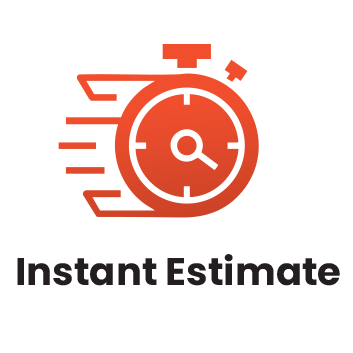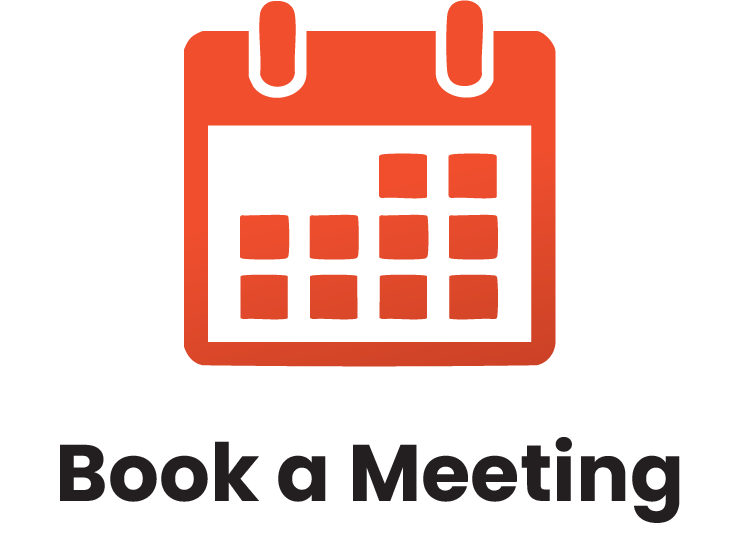Interactive training sessions led by experienced facilitators.
What is In-Person, Instructor-Led Training?
Our in-person training is delivered by a live facilitator who works directly with your team at your location. It’s our most popular format because it allows for real-time interaction, hands-on learning, and direct support.
Every session is tailored to your team’s specific goals, industry, and challenges—no generic, one-size-fits-all programs. Whether it’s a single session or a full training series, we design the experience to be relevant, practical, and fully aligned with your needs.
What is Live Webinar Training?
Live webinars are facilitator-led training sessions delivered online in real time. They’re ideal for teams working in different locations or with busy schedules.
This format offers shorter, more frequent sessions that are easy to coordinate—making it a convenient option for organizations with remote or distributed teams.
What is Virtual Classroom Training?
Virtual Classroom training is live, instructor-led training delivered online. It offers the same interactive experience as in-person sessions, with real-time discussions, group activities, and instructor feedback.
It’s a flexible option for organizations that want to reduce travel, save costs, or better fit training into busy schedules.
What is a Lunch & Learn Session?
Lunch & Learn sessions are short, facilitator-led training sessions delivered in person or online—typically during the lunch hour. They focus on specific topics or skills and offer a quick, engaging way to learn without a full-day commitment.
These sessions can be offered as one-time events or as part of a series, making them a great option for ongoing, bite-sized learning.
Online Learning
Enjoy our self-paced option and learn from anywhere!
$279.00 USD
CRM: An Introduction to Customer Relationship Management
This Customer Relationship Management course will introduce the different facets of CRM and identify who the customers really are. It will also analyze the key components of CRM and explore how it can be integrated within an organization.
As with many significant undertakings, undergoing a Customer Relationship Management review (even simply considering its implementation) requires learners to analyze technical and complicated systems. This course sorts through a myriad of information and brings you the basics you need to make a decision about the need for CRM, its benefits, and how to coordinate the base requirements for a CRM undertaking.
LEARNING OBJECTIVES
Learning Objectives
This course will help you teach participants how to:
- Demonstrate an understanding of the terms and benefits of CRM on a company’s bottom line
- Analyze the different components of a CRM plan
- Develop a checklist for readiness and success in CRM
- Describe how CRM creates value for organizations and customers
- Consider developmental roles that have the greatest impact on CRM


COURSE OUTLINE
You will spend the first part of the day getting to know participants and discussing what will take place during the workshop. Students will also have an opportunity to identify their personal learning objectives.
Customer Relationship Management
To begin, participants will look at what CRM programs they are involved in and how these programs have affected their lives. Participants will also explore the meaning of CRM and its potential value.
What CRM Is and Who It Serves
Next, participants will look at different types of CRM programs and the needs they can serve.
Checklist for Success
This session will explore evaluation metrics and privacy issues.
Requirement Driven Product Selection
During this session, participants will look at the Requirement Driven Product Selection process. This process requires defining the business need (or pain or problem, depending on the issue), deciding which functions are needed to meet the requirements, and then defining the products that support the selection.
Considerations in Tool Selection
This session will look at ways to narrow the scope of your field and to get the right people to move your CRM program along. Strategies for Customer Retention Next, participants will explore ways to retain customers through a large group discussion.
Building the Future
During this session, participants will explore the four pillars of CRM and how they can use them to help others embrace the CRM plan.
Homegrown vs. Application Service Provider
Participants will look at the advantages and disadvantages of developing a program in-house versus using an Application Service Provider.
The Development Team
This session will give participants the framework for building a stellar CRM team.
Evaluating and Reviewing Your Program
To conclude the day, participants will look at some evaluation tools, including customer profiles and life cycles.
Workshop Wrap-Up
At the end of the day, students will have an opportunity to ask questions and fill out an action plan.


















